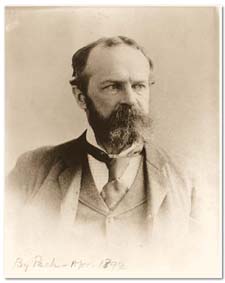Main Menu · Search ·Current Issue ·Contact ·Archives ·Centennial ·Letters to the Editor ·FAQs
| The Manly Ideal | Films: Down Off the Farm |
| Music: Jazz with Ivy League Manners | Chapter & Verse |
| Off the Shelf | Open Book: Friends of France |
| The Manly Ideal | Films: Down Off the Farm |
| Music: Jazz with Ivy League Manners | Chapter & Verse |
| Off the Shelf | Open Book: Friends of France |
 |
| William James Photograph courtesy of Houghton Library, Harvard Unviersity (pfMS AM 1092) |